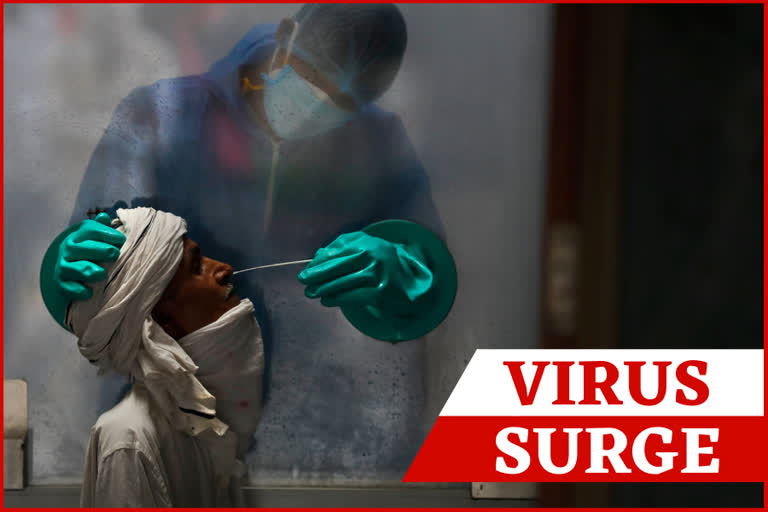New Delhi: India crossed 1 million coronavirus cases on Friday, third only to the United States and Brazil, prompting concerns about its readiness to confront an inevitable surge that could overwhelm hospitals and test the country’s feeble health care system.
A surge of 34,956 new cases in the past 24 hours took the national total to 10,03,832.
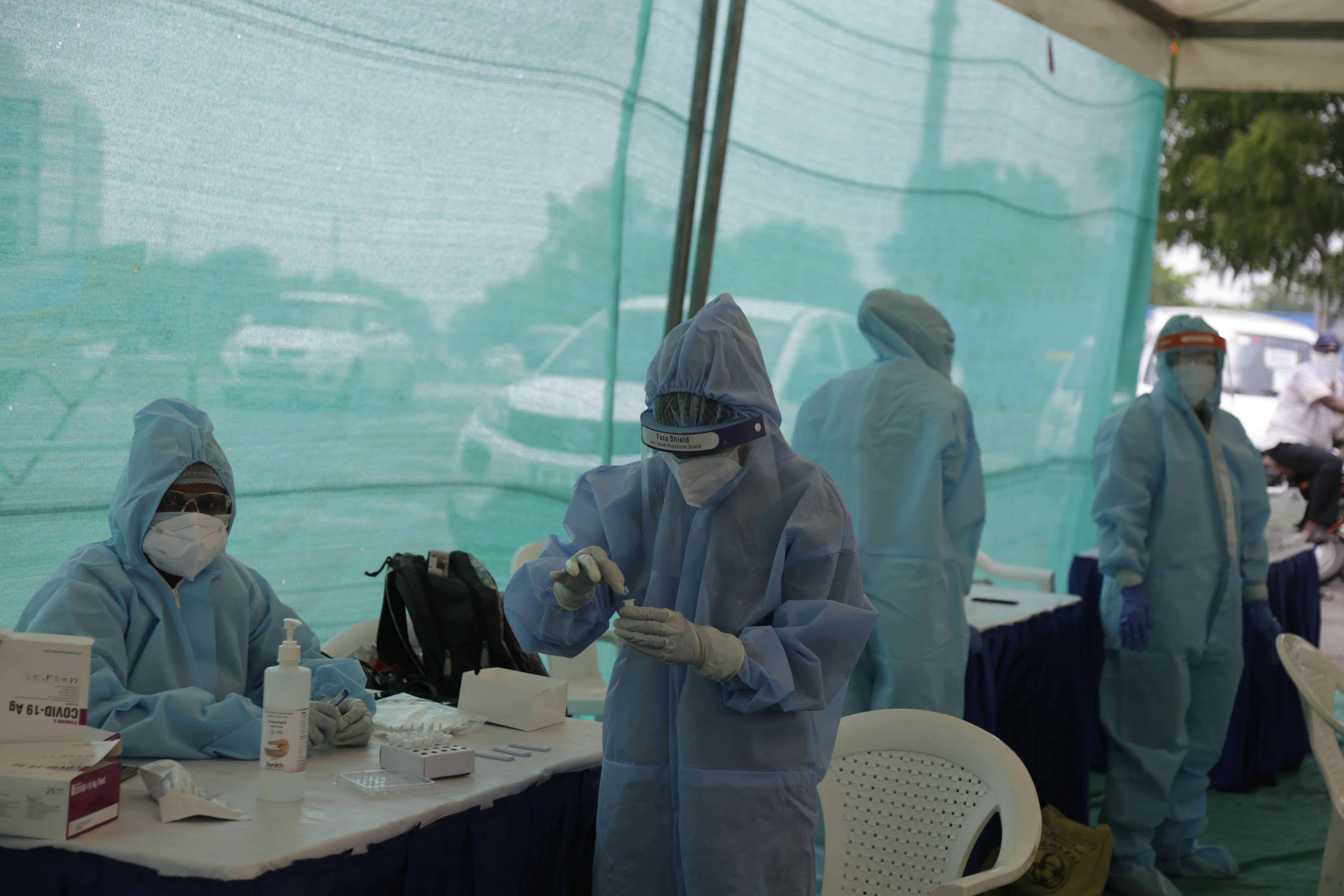
The Health Ministry also reported a record number of 687 deaths for a total of 25,602. It said 635,757 people have recovered and the recovery rate was continuing to improve at 63%.
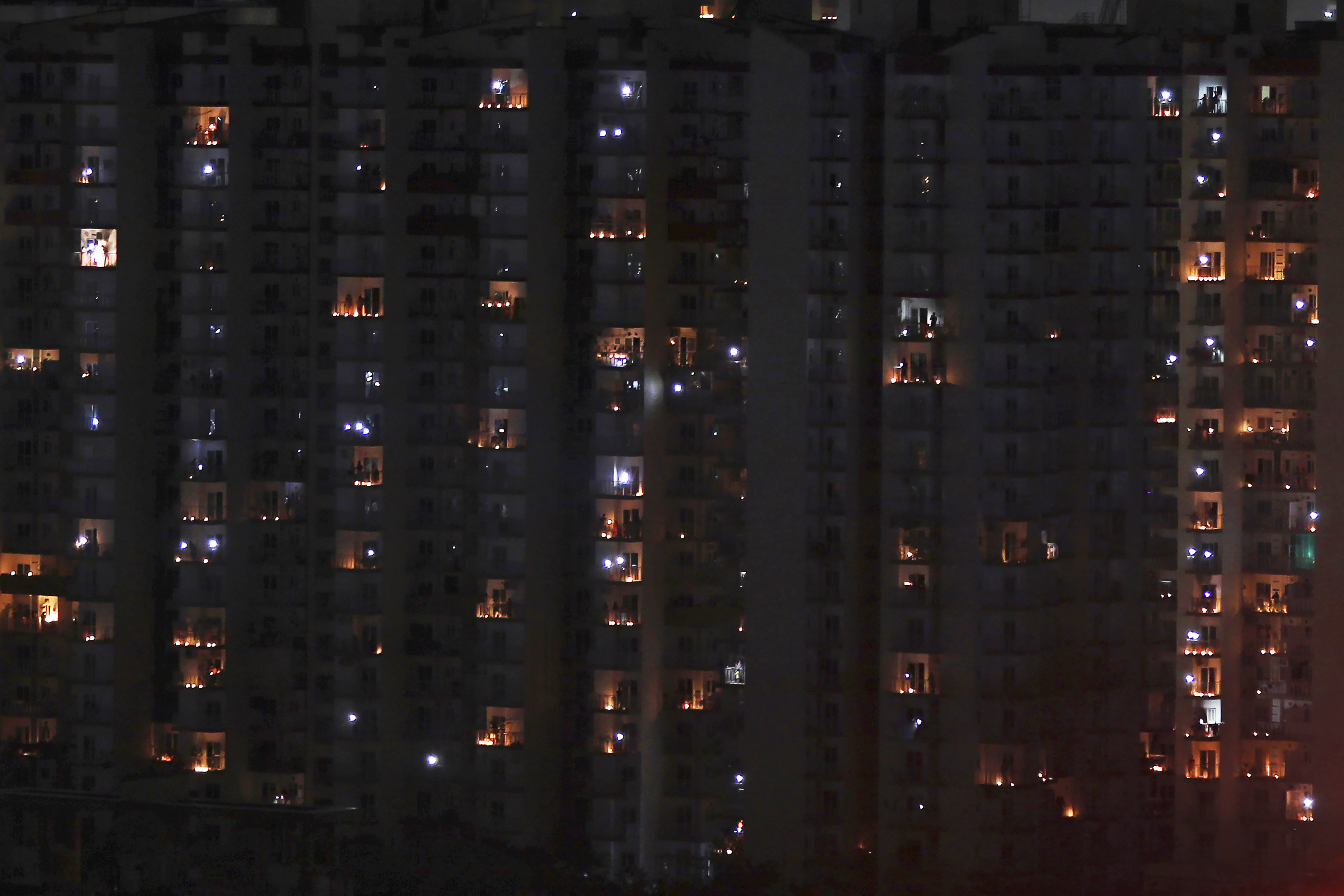
The grim milestone comes at a time when several Indian states are imposing focused lockdowns to stem the outbreak amid frantic efforts by local governments to protect the economy.
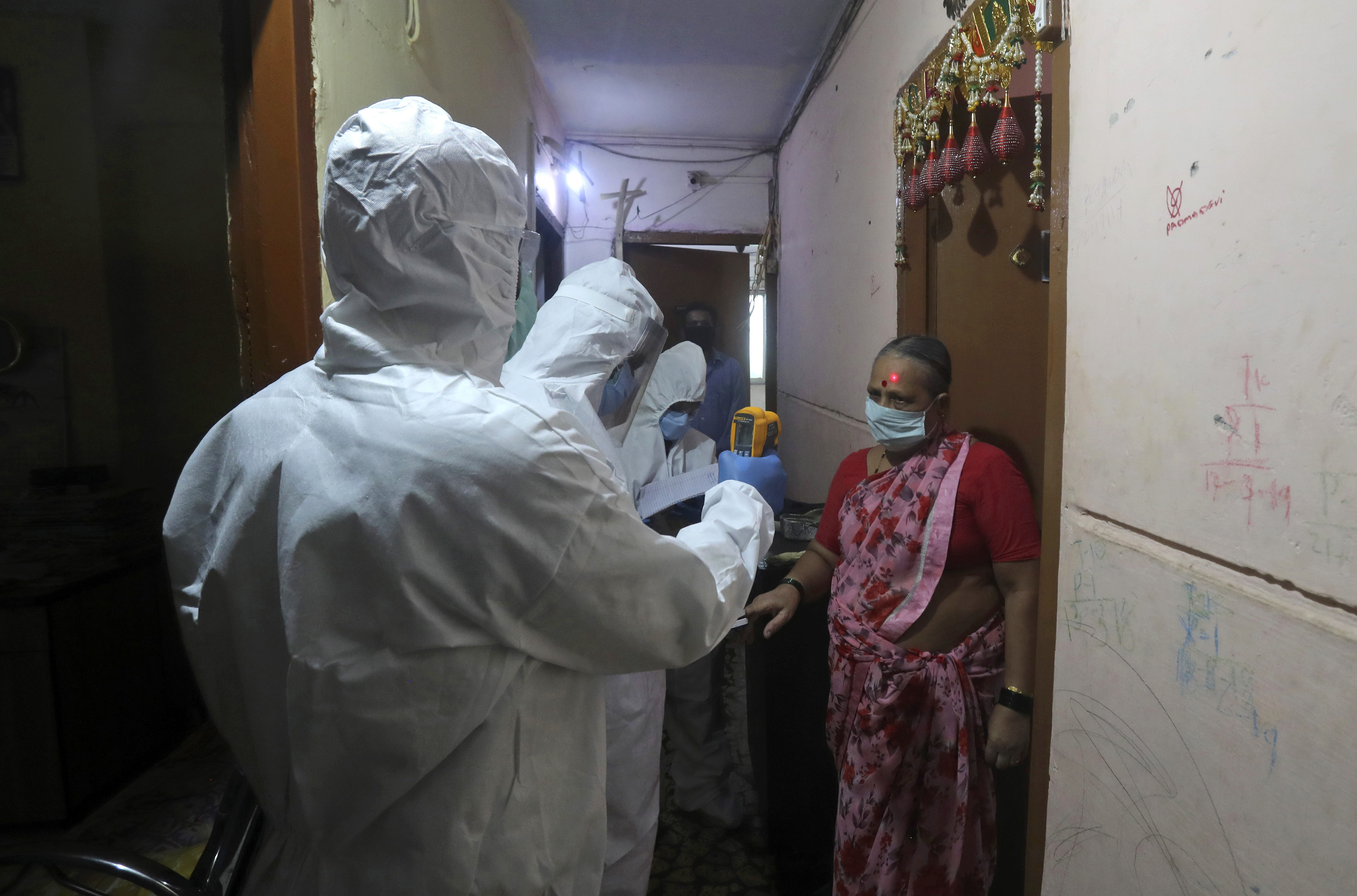
So far, three states — Maharashtra, Delhi and Tamil Nadu — have accounted for more than half of total cases. But in India’s vast countryside, which is much less prepared and with weaker health care, the pandemic is growing.
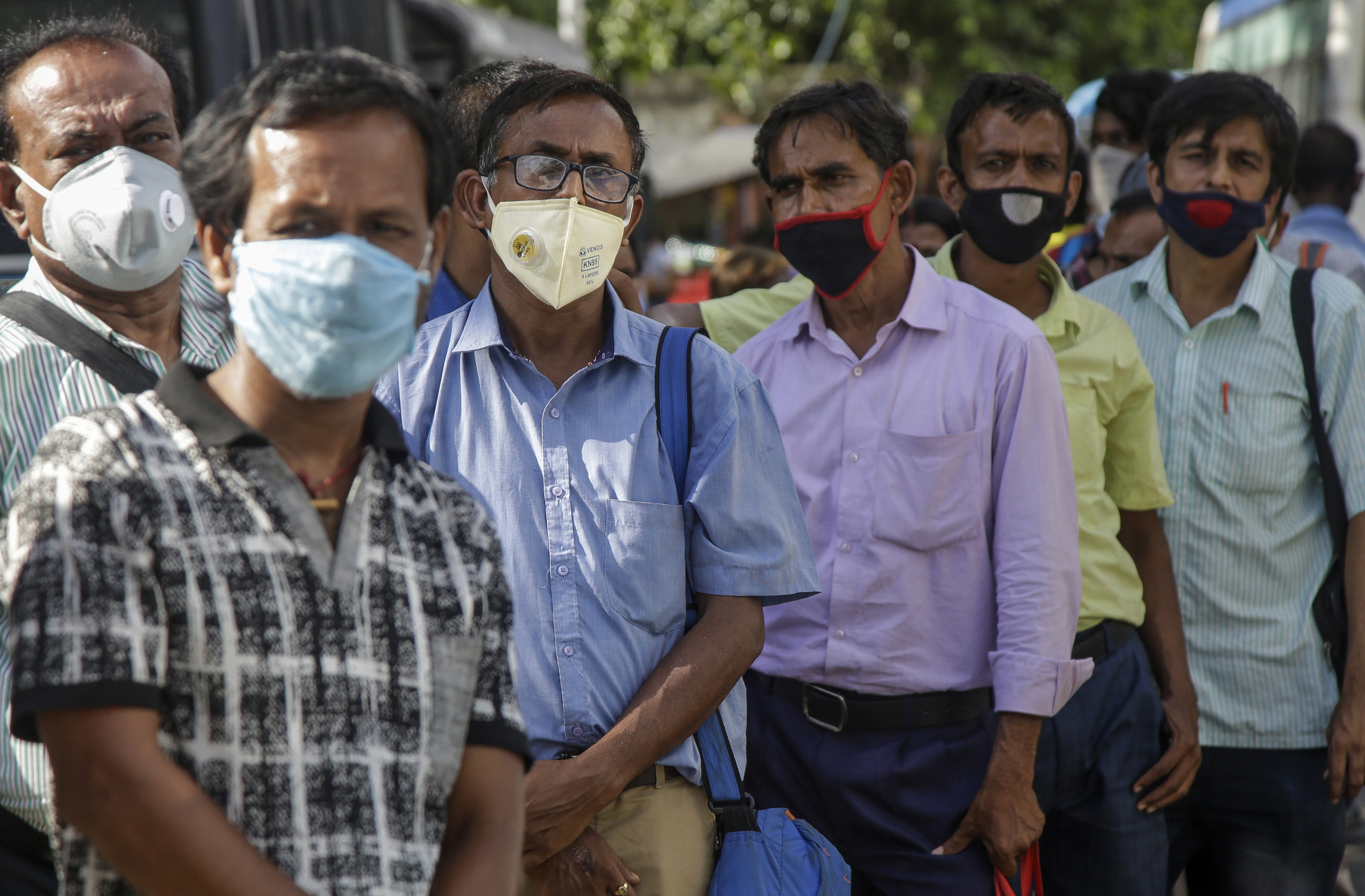
Read | New studies clarify what drugs help, hurt for COVID-19
The continuing surge has forced authorities to reinstate lockdowns in some cities and states.
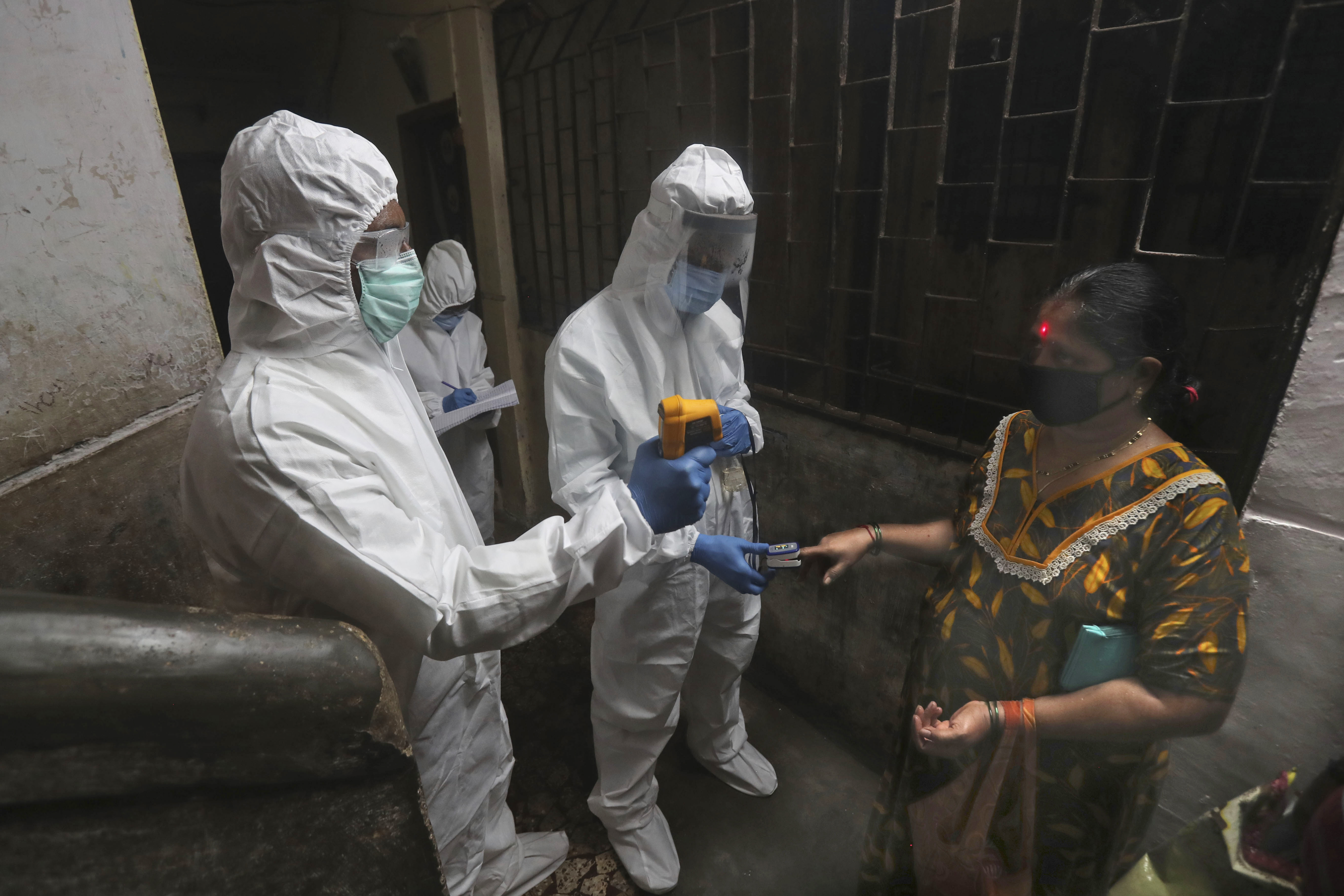
Other local governments are increasingly focusing on smaller lockdowns that shield the economy. Nearly a dozen states have imposed restrictions on containment zones — areas that can be as small as a few houses or a street.
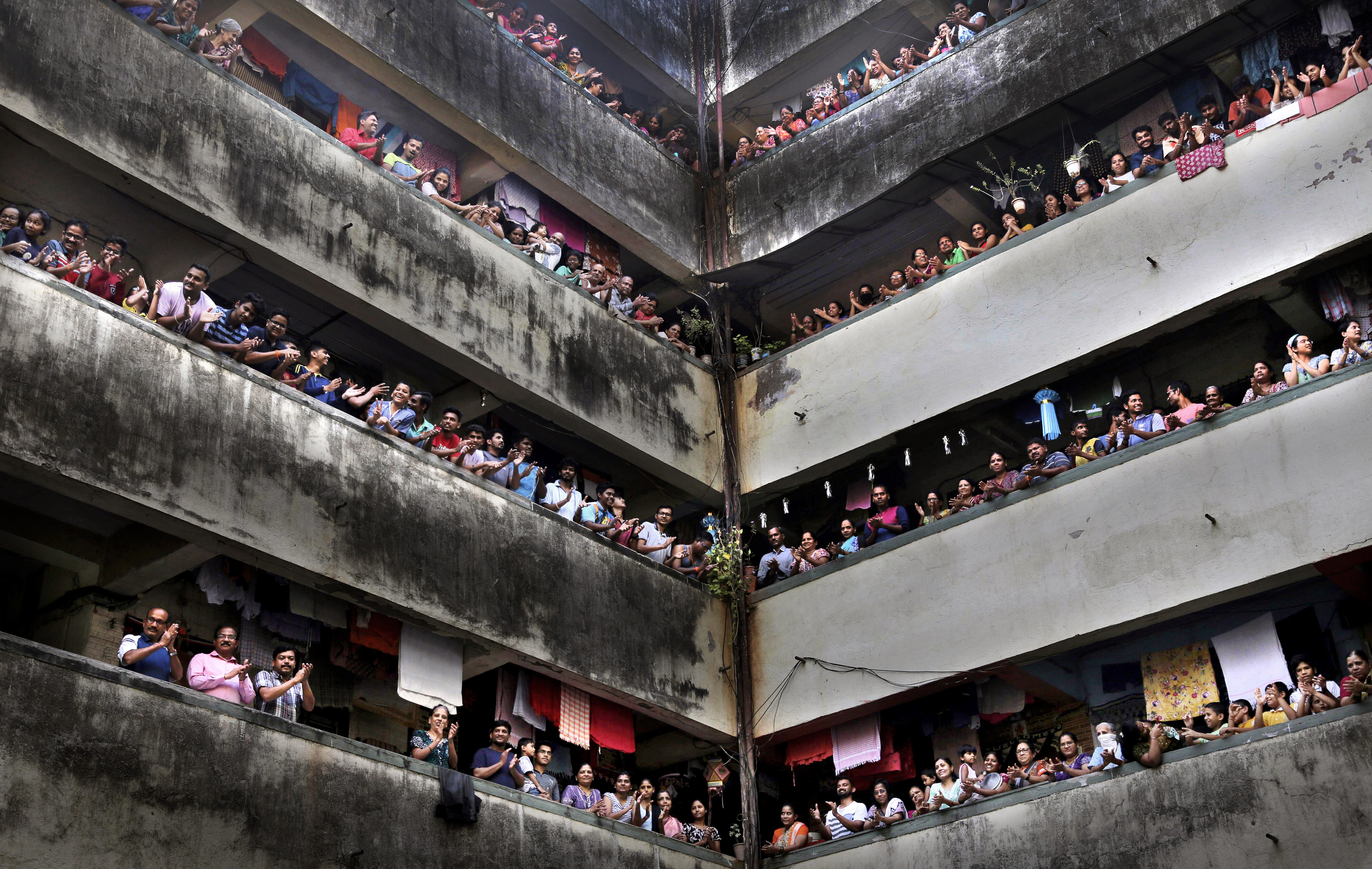
India’s response to the virus was initially sluggish and then it bought time by locking down its entire population of 1.4 billion people when Prime Minister Narendra Modi imposed a nationwide lockdown for three weeks on March 24.
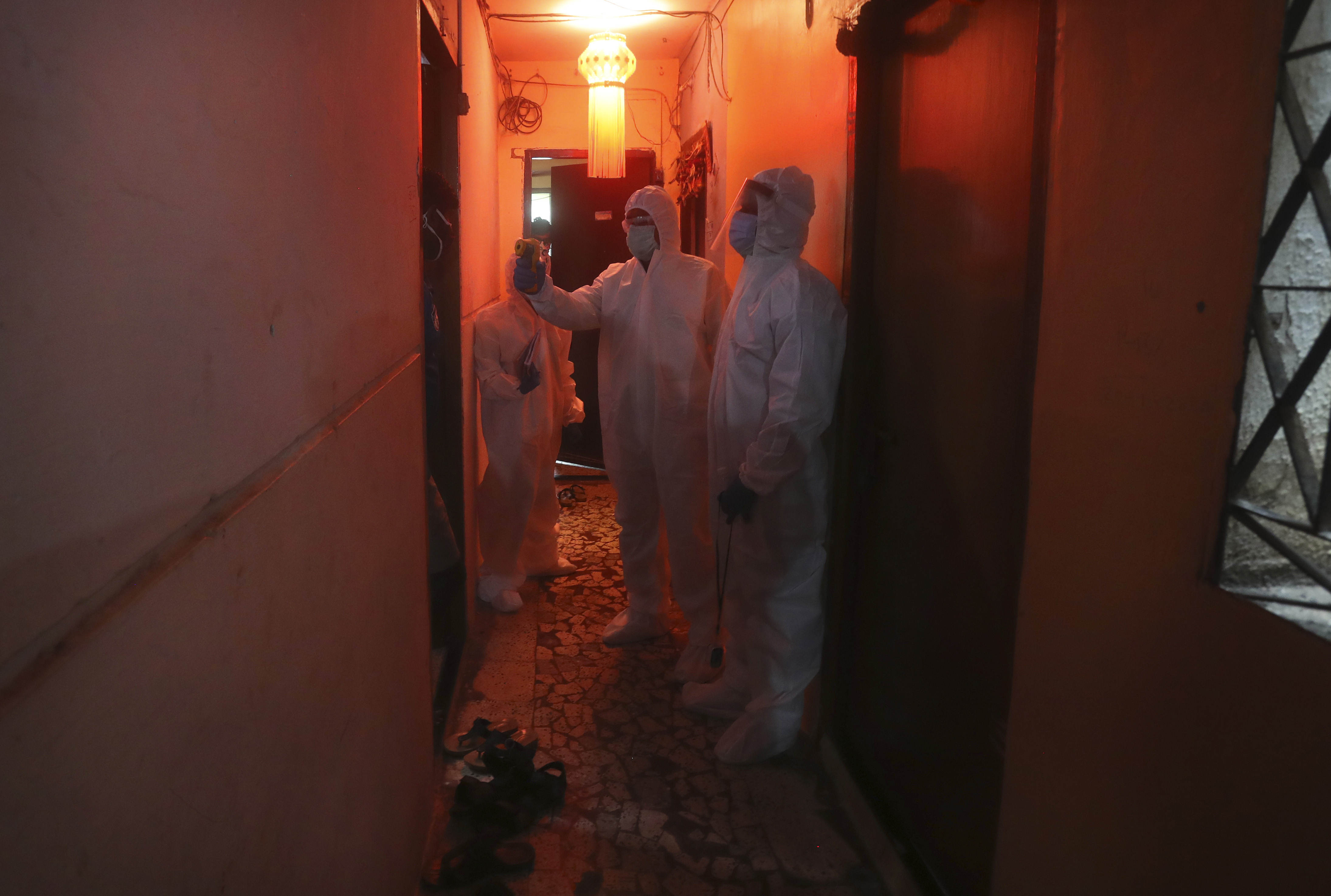
Read | Final tests of some COVID-19 vaccines to start next month
The nationwide lockdown, then extended for five more weeks, came at an enormous economic cost amid an unprecedented humanitarian crisis when millions of impoverished migrant workers were forced to return to the countryside due to job losses and hunger.
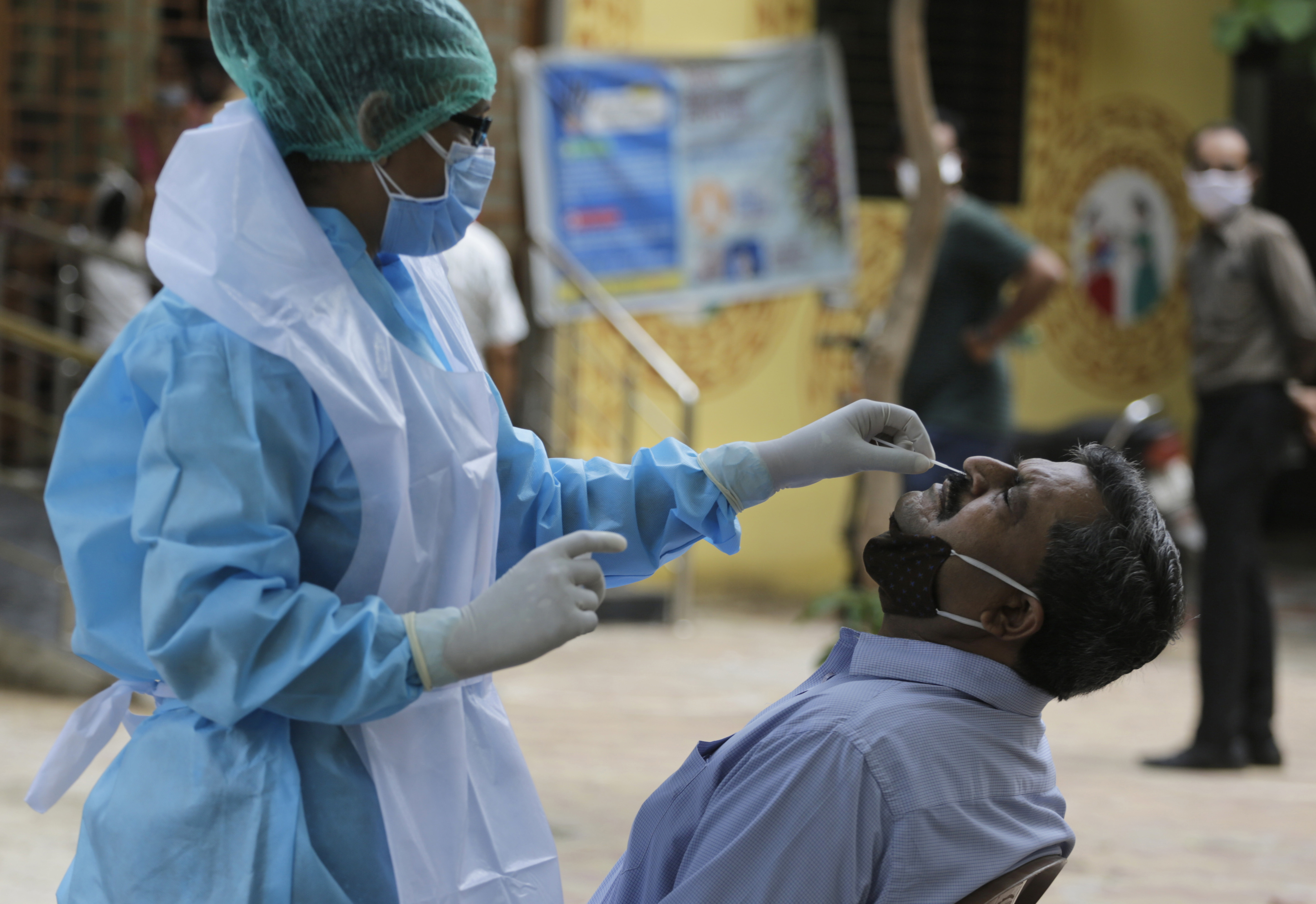
Aimed at increasing the capacity of the health care system, the lockdown slowed down the virus, but it wasn't enough. Cases kept increasing while testing remained abysmally low and the virus rocketed through India’s vast landscape — from high up in the Himalayan Kashmir to the sprawling beaches of Kanyakumari in Tamil Nadu.
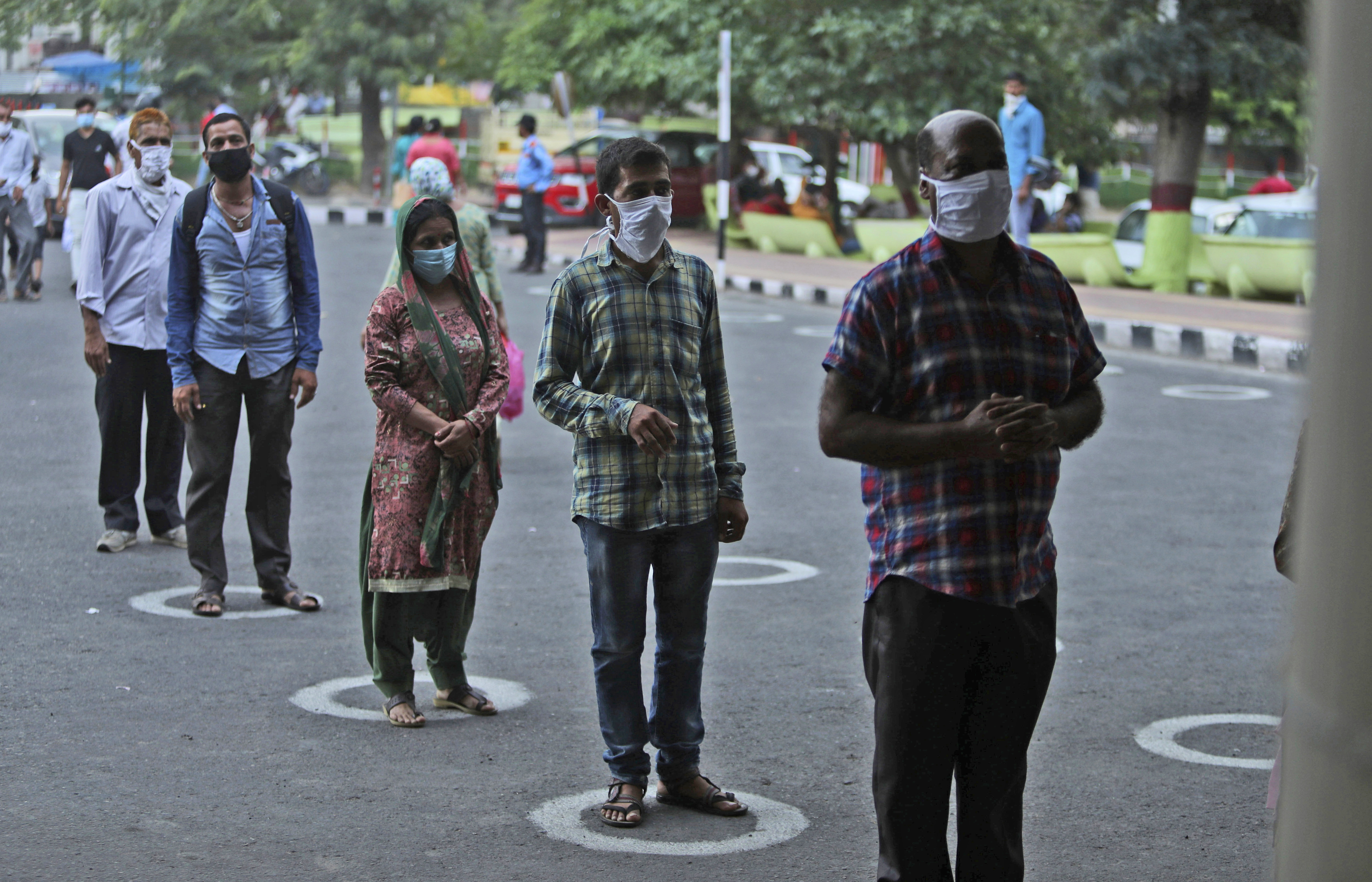
India’s public health care system is one of the most chronically underfunded in the world and access to hospitals in rural areas is very low. Experts say the challenge for India will be to tightrope the opening up of the economy while trying to restrict the increase in cases to manageable levels that don’t overwhelm hospitals.
(AP)
